W4 is proud to feature the innovative work of Barefoot College—which, for over two decades now, has been harnessing rural women’s capabilities as change-makers in India!
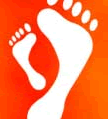 In a remote village on the scorched plains of Rajasthan, India, Barefoot College is at the heart of a stirring revolution. The college is one-of-a-kind: the only college “built by the poor, for the poor—and, for the last 40 years, managed, controlled, and owned by the poor”, as Founder Sanjit “Bunker” Roy explains. Here, grandmothers soak in training on solar engineering, puppetry is a preferred teaching method, there are no degree certificates, fees or exams, and formal qualifications are considered superfluous – indeed, in some cases, a disadvantage.
In a remote village on the scorched plains of Rajasthan, India, Barefoot College is at the heart of a stirring revolution. The college is one-of-a-kind: the only college “built by the poor, for the poor—and, for the last 40 years, managed, controlled, and owned by the poor”, as Founder Sanjit “Bunker” Roy explains. Here, grandmothers soak in training on solar engineering, puppetry is a preferred teaching method, there are no degree certificates, fees or exams, and formal qualifications are considered superfluous – indeed, in some cases, a disadvantage.
Despite rampant economic growth over the past decade, over 40% of India’s population—more than 496 million people—continue to live on less than $1.25 a day. Indeed, in 2010, India’s 100 richest individuals owned assets equivalent to one-quarter of the country’s GDP – stark evidence of the country’s yawning wealth gap. Consequent large-scale migration to cities has swamped India’s swelling slums, where an arguably harsher form of poverty awaits, and has also emptied villages of the youth upon whom a village’s potential for prosperity depends. Meanwhile, millions more villagers are being forced off their land to make way for ambitious construction projects – mines and dams that some view as gateways to progress.
While international NGOs have been working in rural India since colonial times, Bunker Roy argues that they, too, have been largely ineffective in improving the day-to-day lives of the country’s rural poor: “The approach that big donors and Western-conditioned experts have taken to reach the poor—forgetting about allowing the poor to develop themselves—has been patronizing, top-down, insensitive and expensive. It excludes the marginalized, the exploited and the very poor, and keeps them away from making decisions on their own.”
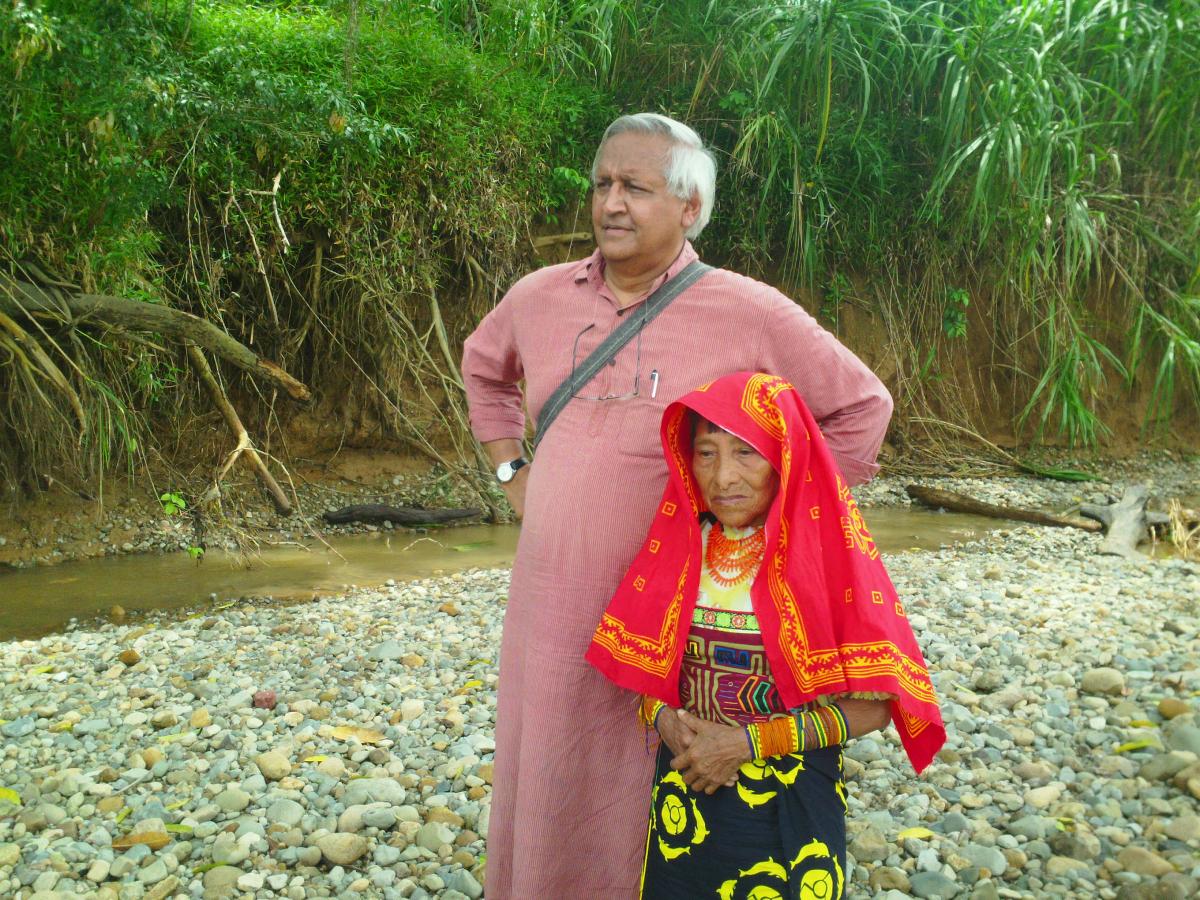 Formulating the ‘barefoot approach’ in the late-1960s—a time when both India’s government and NGOs were looking to technological and industrial development as means to end poverty—Bunker Roy took inspiration from the principles and teachings of one of India’s own: Mahatma Gandhi. “Gandhi believed that giving more importance, value and relevance to practical skills, and applying traditional knowledge to solving day-to-day problems were essential for the development of rural India,’ Roy says. “Gandhi’s thoughts live on in Barefoot College.”
Formulating the ‘barefoot approach’ in the late-1960s—a time when both India’s government and NGOs were looking to technological and industrial development as means to end poverty—Bunker Roy took inspiration from the principles and teachings of one of India’s own: Mahatma Gandhi. “Gandhi believed that giving more importance, value and relevance to practical skills, and applying traditional knowledge to solving day-to-day problems were essential for the development of rural India,’ Roy says. “Gandhi’s thoughts live on in Barefoot College.”
Much as the Mahatma discovered his calling only after he left his privileged urban life (in his case, heading to South Africa), so Bunker Roy was enlightened by venturing beyond the city. “I thought, out of curiosity, I’d like to see what a village is like … then I was exposed to the most extraordinary knowledge and skills that very poor people have, which are never brought into the mainstream, [and] which are never identified, respected and applied on a large scale.”
Barefoot College aims to do just this: to restore pride and prosperity to village life and to thereby reverse harmful migration trends. By harnessing villages’ human capital and complementing this with increased access to renewable technologies, Barefoot College hopes to render villages more self-sufficient and autonomous—and, ultimately, more attractive places in which to live.
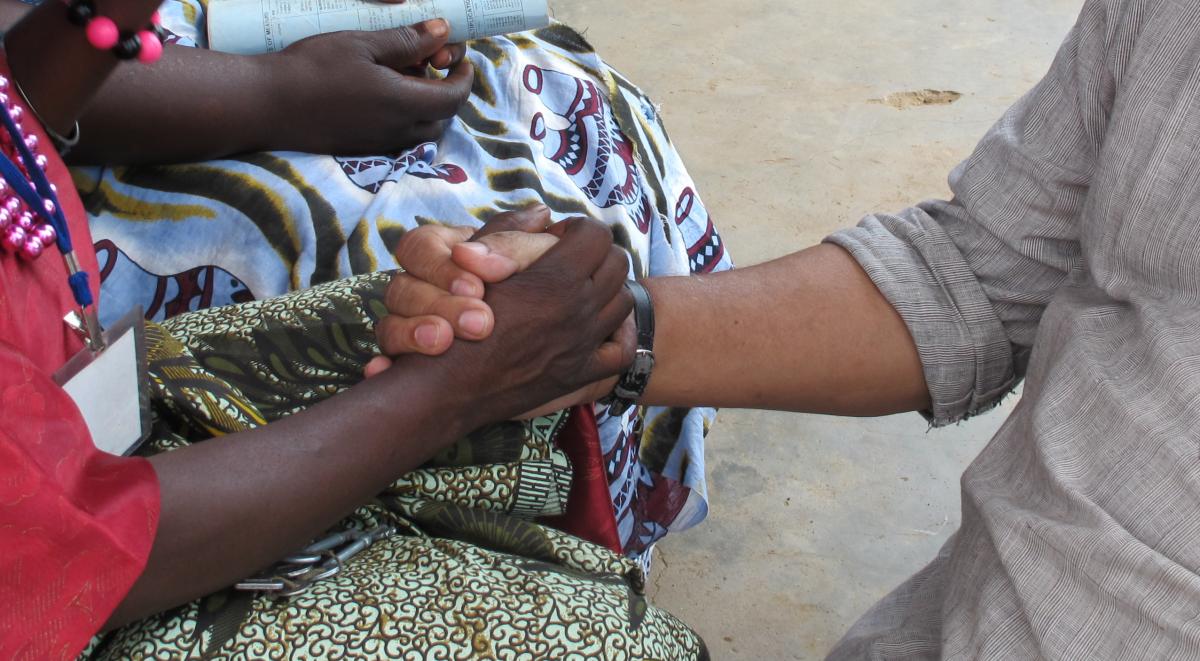 “It starts with giving the poor the right to decide for themselves how they want to improve their quality of life,” Roy emphasizes. Thus, while local handicrafts, weaving, agriculture and traditional forms of communication such as puppetry and storytelling have formed the basis of Barefoot College’s activities since its foundation, the villagers have also elected to introduce a new ingredient into the mix—solar power—in order to electrify homes and power cookers.
“It starts with giving the poor the right to decide for themselves how they want to improve their quality of life,” Roy emphasizes. Thus, while local handicrafts, weaving, agriculture and traditional forms of communication such as puppetry and storytelling have formed the basis of Barefoot College’s activities since its foundation, the villagers have also elected to introduce a new ingredient into the mix—solar power—in order to electrify homes and power cookers.
Ever innovative, the Barefoot team added a further twist to their model by making illiterate women – who are usually the people most terribly affected by poverty – the principal agents of villages’ ‘solar electrification’. Meagan Carnahan Fallone, Barefoot College’s Senior Advisor, explains the rationale behind this decision: “Women are the key to sustainable development; they are the passers of knowledge, they teach habits and behaviors, and if you develop women in this capacity, generations to come will continue to benefit from that greater understanding of impact on their own environment.”
Empowering women is nothing new at Barefoot College. Even during the construction of the college in 1986, the village women took ownership of a vital role—waterproofing the roof. “It is [done using] a bit of jaggery, urine, and other things I don’t know, but it actually doesn’t leak. Since 1986 it hasn’t leaked.” So valuable is the technology that the women refuse to share their secret concoction with the men!
With the introduction of the Barefoot solar workshops, however, local women have become key to progress on an even grander scale.
“For the past several years,” Bunker Roy notes, “Barefoot College has been training semi-literate and illiterate rural women to assemble, install, repair and maintain solar photovoltaic systems. Once selected by their village to undergo solar training for six months at Barefoot College, the women come to Tilonia and acquire the competence and confidence. They then return to their communities to install solar systems in each house in the village, thus establishing their credibility in the eyes of each family that pays a monthly contribution for them to repair and maintain the units.”
Kamla Devi, Solar Engineer and Field Center Coordinator, testifies to the project’s impact on everyday lives: “This organization has given people like us an opportunity … The biggest change for me is that, though I did not get any formal schooling, I have made sure that my son and daughter get a good education. I studied at a night school, learnt about solar energy, and now I shoulder the responsibility for a field center covering 15 villages. We run a crèche, a night school and a women’s group in the village. As a poor woman I never imagined I could do something like this.” Kamla is just one of thousands of female ‘Barefoot Engineers’, diversely trained as night school teachers, women’s group leaders, hand-pump mechanics, water engineers, architects, masons and manufacturers of solarcookers.
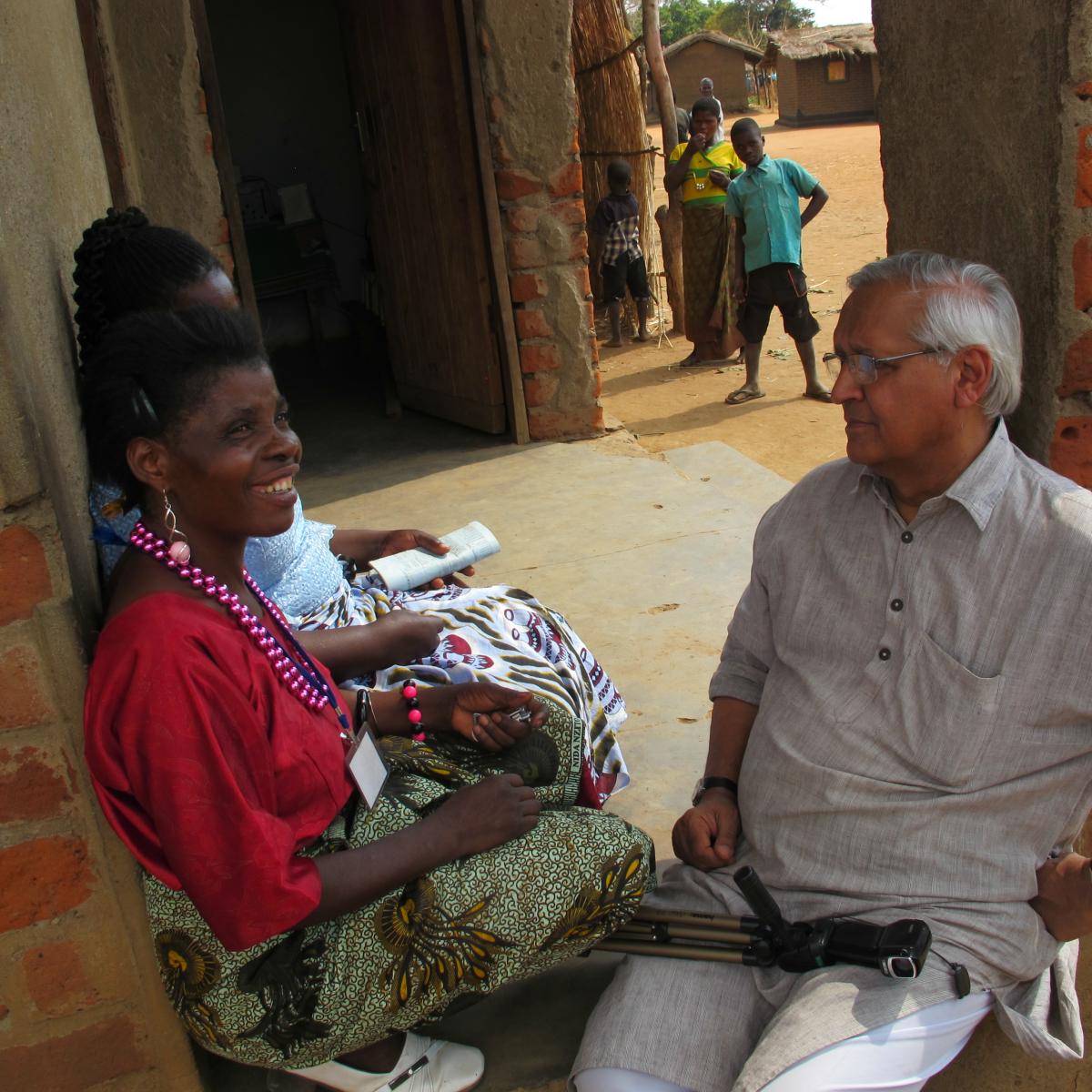 Buoyed by their achievements in India, the Barefoot solar engineers have since taken their model as far as Sierra Leone and even Zanzibar, establishing African pilot villages and training local women – under the umbrella of Barefoot’s innovative strategy. “We have targeted the training at grandmothers between the ages of 36 and 55 in the least developed countries”, Meagan Carnahan Fallone explains. “We take a ‘professional’ role, normally allocated to a man—a solar engineer—and we train the least likely woman in the community to perform that function. So this elevates her immediately in the eyes of the community. That very quickly leads to a viral effect about women’s roles in those rural communities.”
Buoyed by their achievements in India, the Barefoot solar engineers have since taken their model as far as Sierra Leone and even Zanzibar, establishing African pilot villages and training local women – under the umbrella of Barefoot’s innovative strategy. “We have targeted the training at grandmothers between the ages of 36 and 55 in the least developed countries”, Meagan Carnahan Fallone explains. “We take a ‘professional’ role, normally allocated to a man—a solar engineer—and we train the least likely woman in the community to perform that function. So this elevates her immediately in the eyes of the community. That very quickly leads to a viral effect about women’s roles in those rural communities.”
In 2009, Barefoot College embarked on its most ambitious project to date. Dubbed the “Solar Warriors of Bhutan”, women from 900 families (coming from 17 non-electrified villages across Bhutan, a tiny Buddhist country across India’s north-eastern border) were selected locally to undergo six months of solar engineering training in Tilonia. Astonishingly, since the women did not speak Hindi, the ‘Solar Warriors’ learnt everything, from how to manufacture solar panels to how to install them and rig them up to electric batteries, through sign language. Each of the women then returned to light up their villages, even running village workshops to ensure that the knowledge and facilities would remain in place in the future.
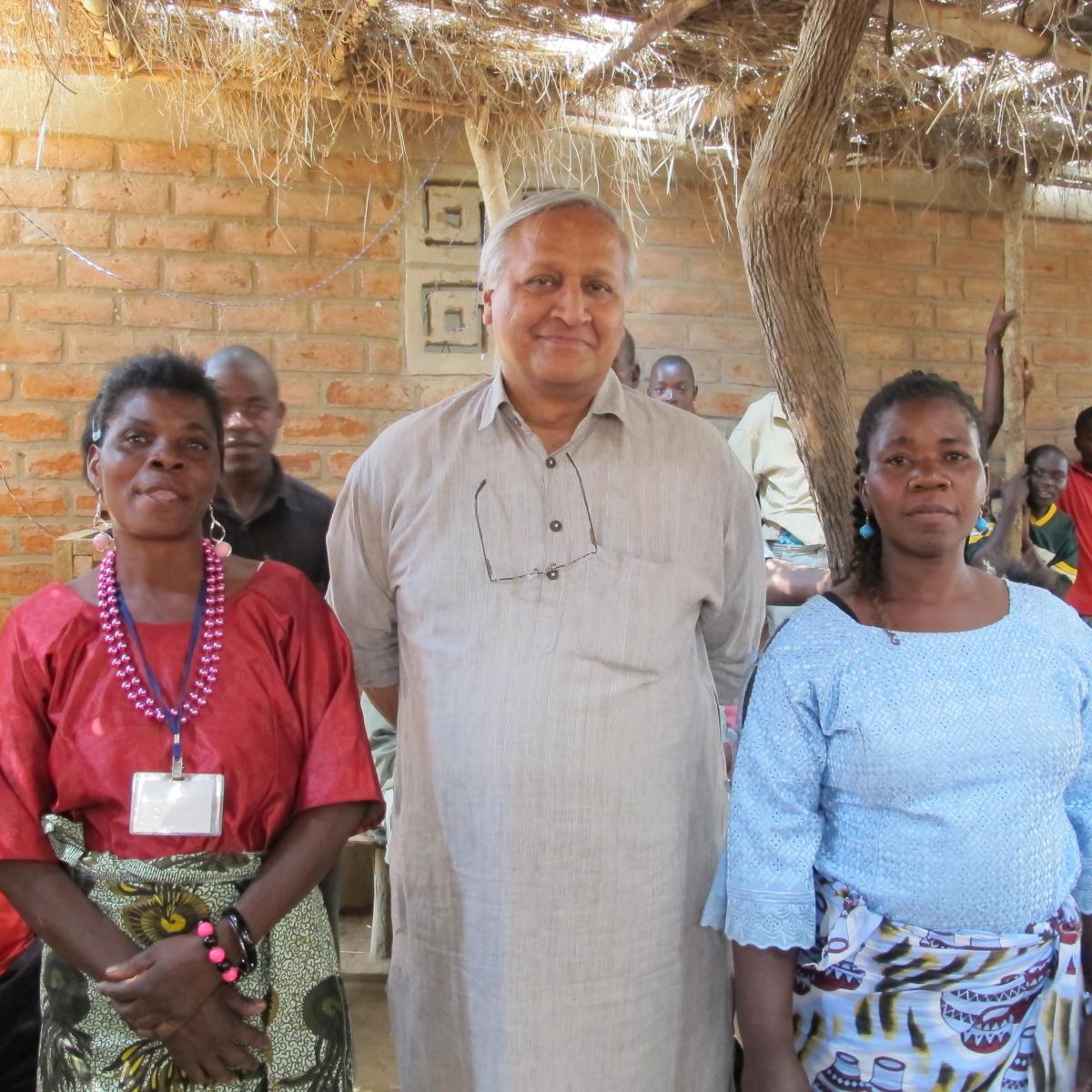 Along with renewable technologies, Gandhian principles remain central to Barefoot College’s mission : “All people in the college are equal, regardless of gender, caste, ethnicity, age and schooling”, Bunker Roy explains. “In practical terms, this means that the college has no hierarchy.” The encouragement of traditions of oral education, passing knowledge from parents to children, and the employment of local skills, materials and products before foreign ones are even considered, all offer strong echoes of Gandhi’s anti-colonial Khadi movement of the 1930s, which encouraged the home-spinning and wearing of traditional clothes for self-reliance and self- respect.
Along with renewable technologies, Gandhian principles remain central to Barefoot College’s mission : “All people in the college are equal, regardless of gender, caste, ethnicity, age and schooling”, Bunker Roy explains. “In practical terms, this means that the college has no hierarchy.” The encouragement of traditions of oral education, passing knowledge from parents to children, and the employment of local skills, materials and products before foreign ones are even considered, all offer strong echoes of Gandhi’s anti-colonial Khadi movement of the 1930s, which encouraged the home-spinning and wearing of traditional clothes for self-reliance and self- respect.
With pilot Barefoot villages planned for every country on the Least Developed Countries list (49 in total), and collaborations underway with UN Women and other key stakeholders, it is perhaps not an exaggeration to suggest that Barefoot College now has the influence to revolutionize rural development. By recognizing its homegrown talent and the vastness of its rural women’s capabilities, Barefoot College has remained one step ahead of the rest.
© Women’s WorldWide Web 2012













